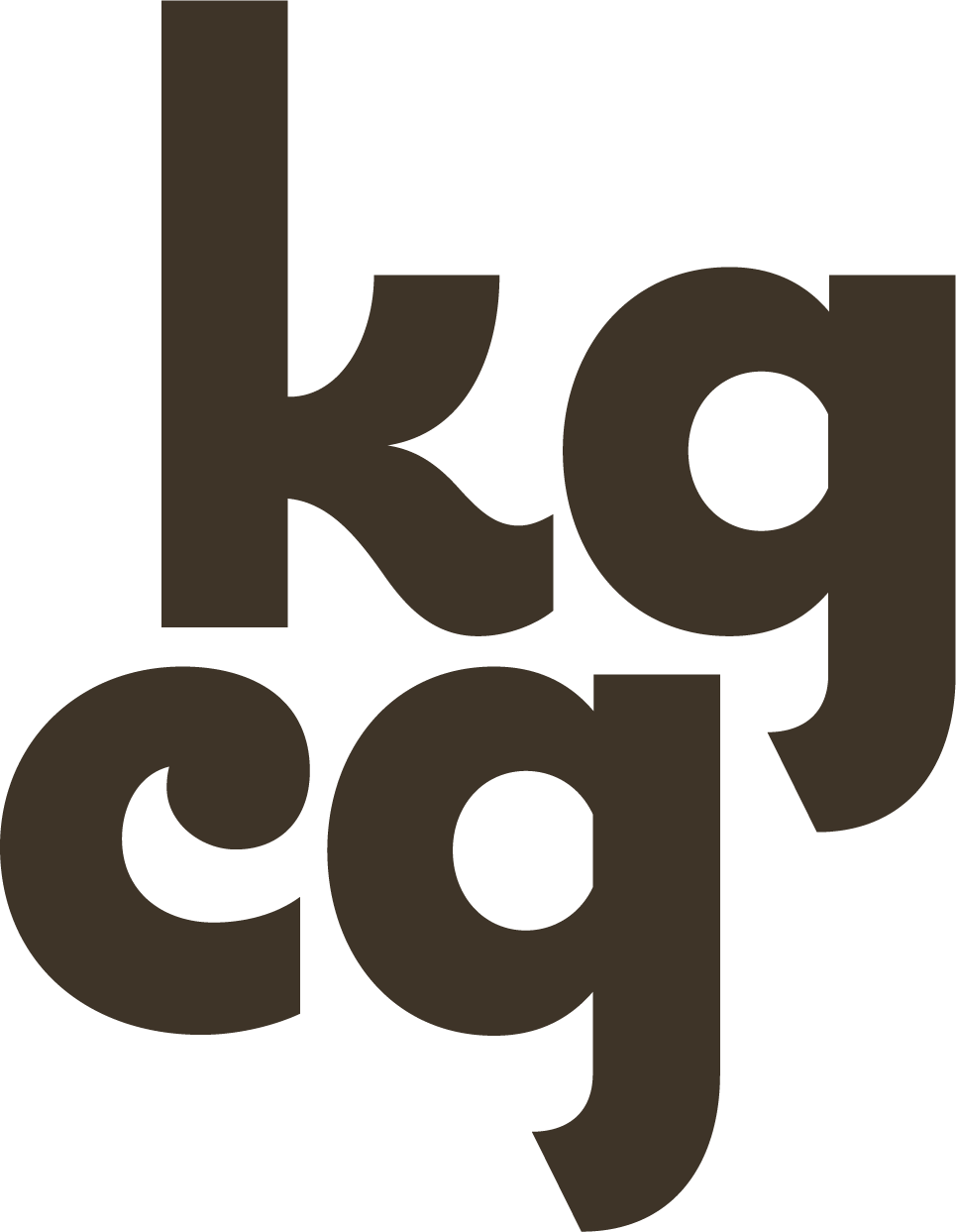Disability Rights and Civil Rights
As a Black disabled woman, it wasn’t until I was well into my late 20s that I heard of the term Black disability identity. Despite the knowledge I gained at school and at home about Black history, I have never considered blackness and disability as cohabiting. I always viewed them as separate and unrelated even though I identified as both. In retrospect how transformative it would have been to know that individuals involved in the civil rights movement and pioneers in Black history also had disabilities. That Moses herself—also known as Harriet Tubman was a Black woman living with a disability. How impactful it would have been to know that if someone like Harriet could set thousands of slaves free—and she had a disability. Imagine what I could do as a Black disabled woman living in the 21st century.
If I would’ve had the foreknowledge of knowing black female leaders before me were able to achieve pioneering feats and overcome insurmountable odds all while having disabilities, I would have boldness and courage quicker– to be able to stand up to the bullies on the playground who made fun of disabilities. I would’ve been able to stand to the school system and tell them myself I was well capable of doing great things even if I was taking special education and remedial class because there were black disabled women like Fannie Lou Hammer who had already defeated the odds. The leadership of Harriet Tubman and Fannie Lou set the precedent that disability should never be a factor in determining anyon’es greatness or capacity.
I grew up in a community that constantly echoed the message that Black success only looked like those who were perfect and able-bodied. The Black-American dream seemed completely inaccessible to me because I wasn’t perfect, and I had several physical and invisible disabilities. The knowledge of Black history month wasn’t enough for me as a Black disabled girl since part of my identity wasn’t adequately represented in my history lessonsThe knowledge of Black history month wasn’t enough for me as a Black disabled girl since part of my identity wasn’t adequately represented in history lessons. This led me to become an advocate in providing opportunities and ways to teach other Black disabled children about their history that is inclusive to their identity. The story of Langston Hughes, who said, “I too am America,” is a fitting metaphor for the feeling of disability that many children with disabilities feel for themselves.
Black history month in many educational curricula serves as an entry point to teaching students about the civil rights movement. It’s as if history formed itself in showing us the sacrifice of the enslaved, the pioneering work of Harriet Tubman and Fedrick Douglas, all leading us to the breaking point of Dr. King. It was from the civil rights movement that the Disability justice movement emerged. However, this is not often alluded to in our history books. Although the civil rights movement is widely mentioned within schools—the Disability justice movement is not. There has been little space to discuss how one movement got its momentum and structure from a previous movement. And there is no room to discuss how one movement created space for two co-existing identities to converge. The identities I am referring to are the identities of those who considered themselves to be Black and disabled. It is from these two historic movements that we now see a community today that is strong and arising, but who has often been hidden in the silos of hegemony. It has been long overdue for the Black disability identity to be widely accepted and embraced by both the Black community and the disability community.
Although the Black Disability identity is becoming more widely accepted. Black disability identity and our leaders have always been present. Even though most served under the guise of their Black identity and not their disability identity. Many Black leaders started their justice work within the larger civil rights movement. However, many Black activists with disabilities understood that the fight to disability justice had to come second to fight for Black rights. Figures like Johnnie Lacy, Fannie Lou Hammer, and even Harriet Tubman—all who were Black women. All who lead in different capacities in the Black liberation movement these women all experienced the nuances and oppression connected to their Blackness and disability identity. Scholars such as Dr. Kimberle Crenshaw understood this complexity and coined this emergence of multiple identities as intersectionality. It was based on this framework that other scholars- thought leaders began to unpack the existence and ramifications of the intersectional identity and how it impacts even the most vulnerable within our communities.
However, the concept of intersectionality today is not widely embraced. Nevertheless, studies continue to show that having an intersectional approach is not only necessary in achieving equity within our different systems—but those who are the most impacted such as Black disabled youth will benefit from having space cultivated around their multiple identities. Students of color—more specifically Black students are not only more likely to be diagnosed with disabilities- but social determinants of health often place Black and brown student in closer proximity in experiencing disabilities. Nevertheless, this truth is often not received within Black and Brown communities. This is due to the prevalence of stigma around the disability label. Causing many in Black and Brown classrooms to reject the possibility of seeing disability in an empowering light. Disability in the past has been used as a weapon within our communities—the history behind the disability label and its rampant abuse goes decades deep. So much so, that if you look far enough in time—Blackness was once referred to as a disability because it was abnormal compared to white skin. The harms from racism run juxtaposition to the harms of ableism. Nevertheless, the key to undoing that harm is re-education of what racism is and what it looks like and the re-education of ableism and how that presents itself in our present-day culture. Although systematic racism has been addressed on various levels within our culture. Systemic ableism has not. The precipice of education is the perfect entry point in bringing this conversation to our classrooms.
How can Black Educators advocate for Disability justice in their classrooms?
The key to increasing knowledge on disability justice and pride among Black disabled students is getting them to first recognize that having two separate identities co-existing within their single lived experience is not abnormal. Allowing students space to understand the core principles of intersectionality will open up conversations for even non-disabled students to understand that no single person is a monolith or one-dimensional. In my own disability journey—when I gave myself permission to be all Black and disabled, and a woman, I stopped competing with the image that I thought I needed to be which was singular. For most of us having a singular identity does not exist.
Teaching about Black disability identity in schools can combat cultural stigma against disabilities. This will further cause conversations surrounding the framework of disability to better align with the black experience. Black disabled and non-disabled students need to know that there is more than one way to be Black. Expanding the narratives behind black stories and Black presence is so important that our stories come in all different shapes, sizes, color and abilities. Our students need to know that the black cultural identity is a diaspora. I akin it to the biblical character Joseph–he was known to wear the coat of many colors. Just like Joseph’s coat the Black community is many colors and experiences; we are diverse within.
Repurposing disability in our community
There are many reasons why disability is prevalent in our community. Some of these reasons are directly connected to social determinants of health and other reasons have to do with the weaponization of the disability label specifically in the Black community. Nevertheless, there are still very real families who are living with loved ones with disabilities and we cannot rob them of the chance of liberation and success because of the past abuse of a label. As one of my favorite quotes by a Black Disability advocate Haben Girma, she states “Disability is a natural occurrence of the human condition.”-Haben Girma.
Many Black families need to hear that disability is normal. It’s not due to personal action or inaction. It’s not a result of sin. The occurrence is normal and is a natural part of the human condition. Teaching this message and uplifting the Black disability identity in classrooms can free students from the chains of shame of stigma. Which would yield the result of connecting our entire community to more resources causing our Black disabled community members to thrive. Despite the progression of the disability justice movement, Black disabled individuals are still the ones with the least amount of care, support, and education within our communities. We have the power to change that through our advocacy and intersectional approach in education.
I believe that when we begin to show the full spectrum of disability, families within the Black community will be less reluctant to discuss their child’s disability and more open to engaging with the disability community at large. Resulting in future success and transformational outcomes for our Black disabled youth.
Rasheera Dopson, MPH
Disability & Racial Justice Consultant
The NAMD Advocates
The National Alliance of Melanin Disabled Advocates (NAMD Advocates) creates spaces for disabled leaders of color and BIPOC allies to gather, learn, connect, and grow around racial and disability justice. Through use of knowledge and empowerment tools, we work to destigmatize the existing outward narrative that currently surrounds the disabled community. We equip community members with the vocabulary to express their authentic selves with confidence and certainty.


This is a very thought provoking treatise that will surely bring rays of light to dark places.
Many thanks.,
Great article.
Congratulations